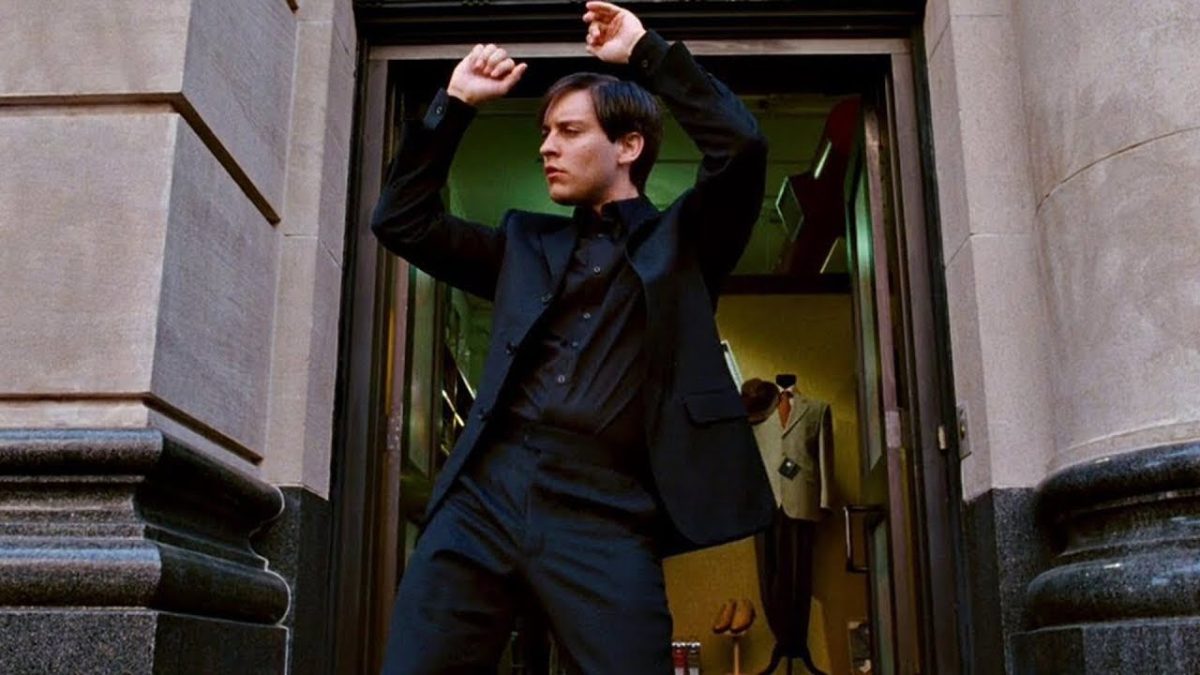For three months now, Hollywood has been at a standstill. As writers and actors strike in order to gain better working protections and conditions, the studios have only recently decided to meet with them in order to work out a deal. Initially, the studios were hoping to, as one executive put it, “break the WGA” and “allow things to drag on until union members start losing their apartments and losing their houses”, so they attempted to hold out for as long as they could.
It’s no surprise to hear that executives aren’t always the nicest people, nor is it a surprise to see them make a bad judgment call. As the Futurama reboot so brilliantly satirized in its first episode, studio executives have a reputation for making calls based on the bottom line more than anything. It’s not the art form that concerns them, it’s the profit margin.
There’s more than a few examples of this phenomenon throughout the history of film, and it’s time we take a look back at some of these moments and wonder, “What were they thinking?”. And there’s only so many ways to support the strike from home, so while we wait for a fair deal for the WGA and SAG-AFTRA, here are 10 times studios interfered with a movie, and how their demands backfired.
1. The Hobbit: An Unexpected Journey (2012)
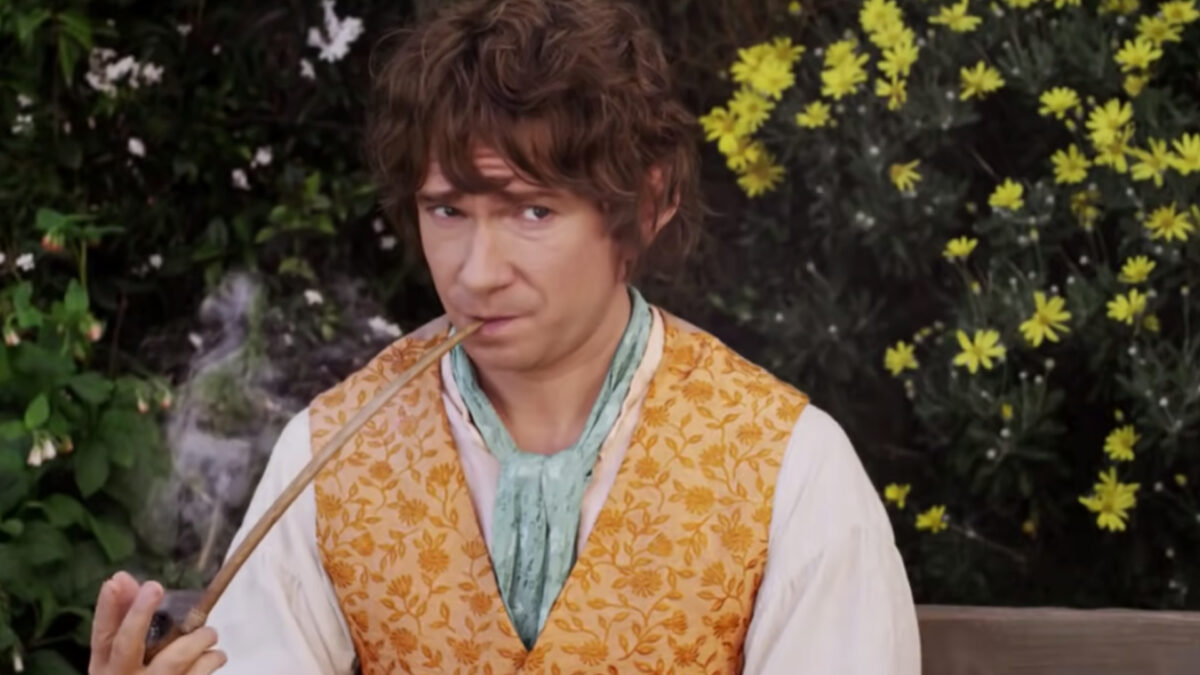
The Lord of the Rings is considered one of the greatest works of fantasy to ever grace page and film. It’s not often that a story becomes an icon of its genre (while also irrevocably altering the genre’s foundations), but that’s exactly what J.R.R. Tolkien accomplished with his novels, and what Peter Jackson accomplished with his films. That’s why so many people were baffled when they were watching 2012’s The Hobbit: An Unexpected Journey — a feeling which only worsened as the trilogy continued.
The issues began when MGM started to experience financial troubles, which caused production delays. Guillermo del Toro, who was originally signed on to direct, was forced to leave the project in May of 2010 due to scheduling issues. Jackson then stepped in to direct, though MGM and New Line’s refusal to postpone production resulted in some serious crunch time for the director.
You can’t just create an epic on the fly, though that’s exactly what was expected of Jackson. Problems compounded from there. The Hobbit is a single, fairly breezy book. Jackson had to fill three movies with hefty runtimes, had to accommodate requests from on-up about including a forced dwarf/elf love triangle, and didn’t have time to pull off the intricacies that made Lord of the Rings so great. The result is something fans would rather forget.
2. Spider-Man 3 (2007)

Sam Raimi’s Spider-Man 3 has had a re-appraisal from fans in recent years, with some people even becoming genuine fans of the film. Raimi’s third Spider-Man outing could’ve avoided that fate altogether, however, had it not been for producer Avi Arad.
One of the complaints about Spider-Man 3 is that its interpretation of Eddie Brock (Topher Grace) is undercooked and underwhelming. Well, it turns out that that’s because Raimi didn’t want to include Venom in the movie at all; Arad had actually told Raimi to change his original plan of featuring the Vulture with Venom instead. Raimi’s been clear that he’s not really a huge fan of the Venom character in the comics, and it’s noticeable in the final release: Venom really doesn’t get his due.
3. The Last Airbender (2010)
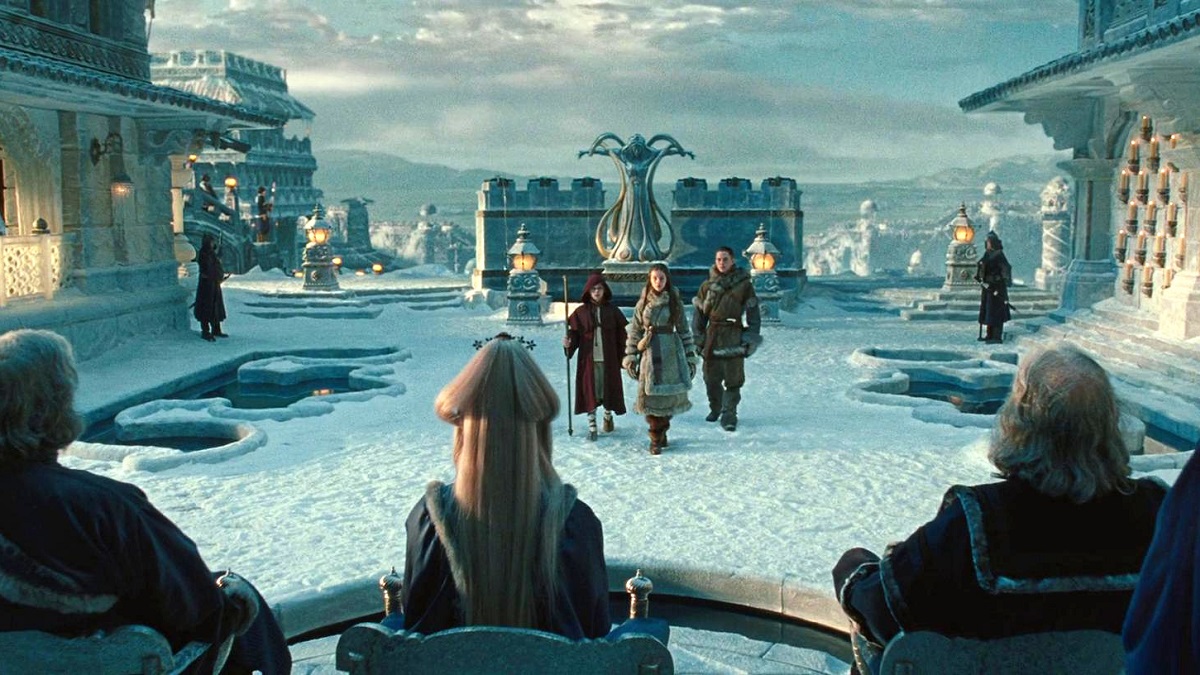
The Last Airbender has many, many issues as a movie, and director M. Night Shyamalan’s name is often brought up in conversation about its poor quality. But that might not be entirely fair: according to some accounts about the production, one of the movie’s biggest sins was a result of executive meddling.
See, when fans saw The Last Airbender, they were disheartened by the casting. The show was one of the first to represent Asian culture in Western animation, but the film chose to cast Caucasian actors as its heroes. It also attracted complaints of colorism because the imperialistic Fire Nation, whose people are generally light-skinned in the cartoon, were primarily cast as actors of color.
Well, according to those aforementioned accounts, that’s because producers forced Shyamalan to hire Nicola Peltz, daughter of billionaire Nelson Peltz, as Katara. Shyamalan then turned to casting Sokka who, as Katara’s brother, would also be played by a Caucasian actor. The producers chose Jackson Rathbone, who won a Razzie for the performance. Reportedly, his dry performance of the normally-humorous Sokka was because producers found Sokka’s jokes distracting from the plot. As for the Fire Nation, producers reportedly decided to cast actors of color as something of an afterthought; they reasoned an ‘anime-esque’ adaptation should have some representation, apparently.
4. Justice League (2017)
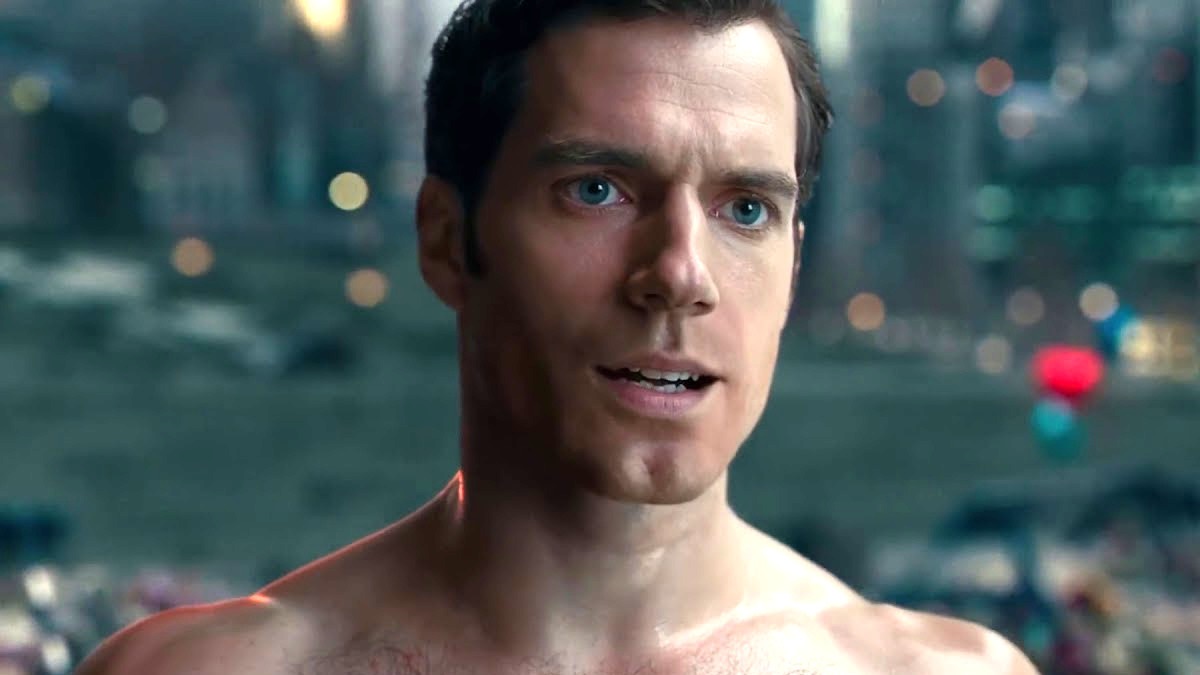
Justice League’s production is infamous. Director Zack Snyder was originally attached to the project before being fired, at which point Joss Whedon was brought on to complete the film and alter the script. Whedon’s set allegedly became toxic, with actor Ray Fischer even alleging abuse on Whedon’s part.
The studio also wanted Whedon to change the script and lighten the mood, creating a tonally dissonant (and not really all that funny) final product, probably because the theatrical cut is basically just a Frankenstein’s Monster of scenes. At the end of the day, the film was poorly received and resulted in a massive fan campaign for the “Snyder Cut” of the movie. Eventually, these fans were vindicated when said cut was finally released in 2021.
5. Dragonball Evolution (2009)

Dragonball Evolution has about as much in common with its source material as She’s the Man does with Shakespeare’s Twelfth Night. In this live-action “adaptation”, Goku is played by Justin Chatwin and he’s just your average high school kid. The film’s writer, Ben Ramsey, apologized to fans and took responsibility for the film in 2016, but it’s clear that a few of the film’s faults are a result of studio interference.
The first draft of Ramsey’s script, for instance, reportedly featured Goku as a child like in the original Dragonball. Ramsey then reportedly walked away after turning in his script, at which point the producers took a pass at it. It’s been speculated that Goku was aged up in order to ‘appeal to a wider audience’, and it’s likely that the casting (the movie was accused of whitewashing) was also a result of that line of thinking. Shifting the setting from a more fantastical world to a contemporary, American one also probably had similar reasoning.
6. Batman & Robin (1997)
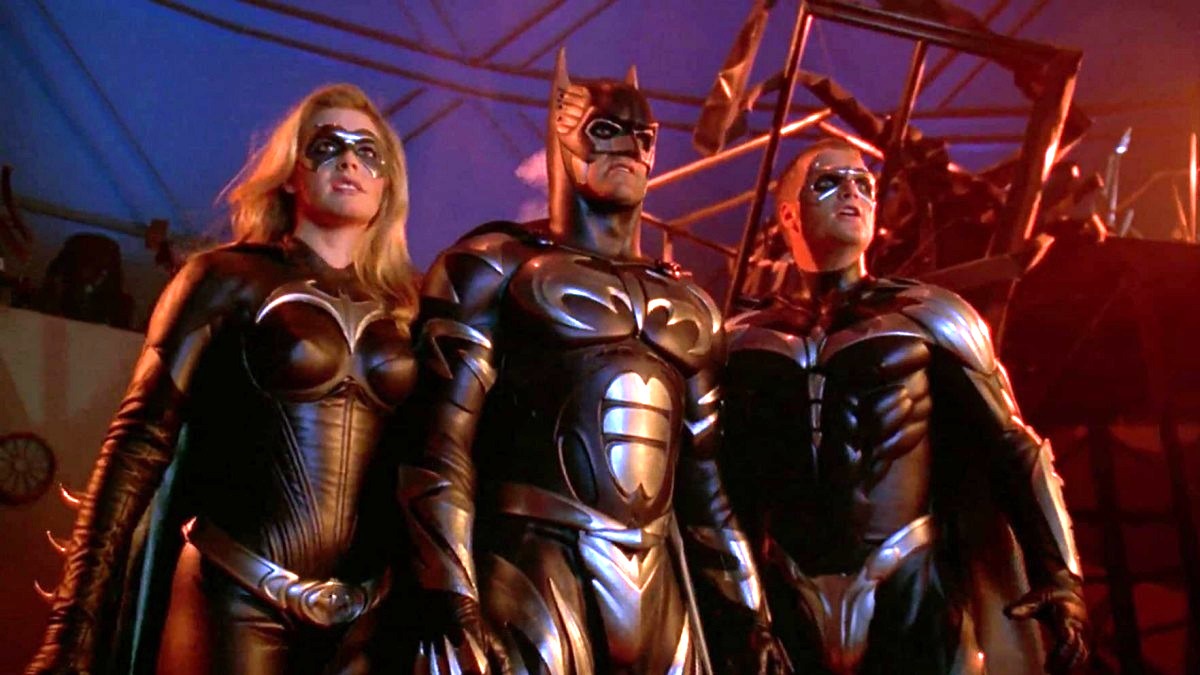
Tim Burton’s Batman franchise proved to be controversial with audiences. Although a dark and gritty Batman movie is par for the course now, in those days, parents complained that Burton’s gothic, horror-esque direction for the franchise was too intense for their children. So, for Batman Forever and Batman & Robin, the studio wanted to go lighter and more kid-friendly.
Enter Joel Schumacher, who had a far more campy direction for the movies that was more in line with the ‘60s Batman television show that starred Adam West. Fans who had enjoyed Burton’s direction did not appreciate the switch. The studio also demanded that the films be more merchandise driven, which is presumably how audiences ended up with scenes like Batman’s infamous credit card. In another instance of odd studio mandates, George Clooney, star of Batman & Robin, would return as Bruce Wayne in The Flash. It’s a cameo that raises more questions, but it’s apparently what the studio wanted the capstone of their $200 million dollar project to be.
7. Blade Runner (1982)
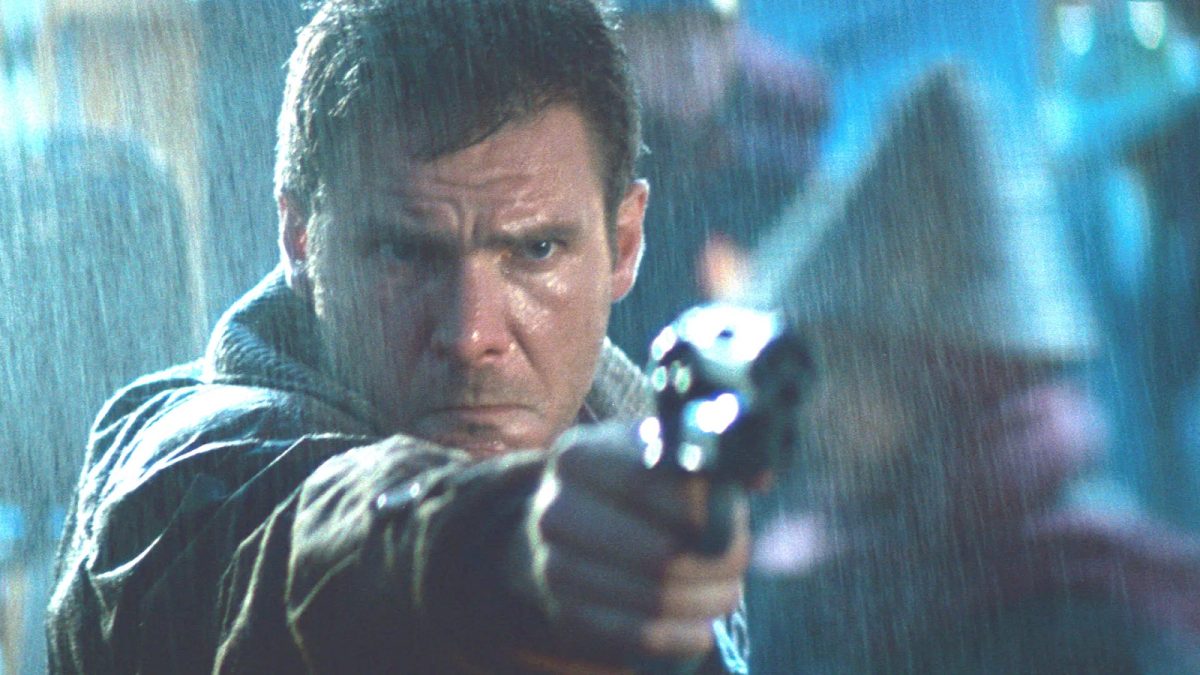
Ever wonder why Blade Runner has so many different editions to choose from? The reason is pretty simple, actually: the studio demanded quite a few changes to Ridley Scott’s creative direction. For instance, studio executives reportedly made Scott add in a narration by a bored-sounding Harrison Ford because they feared that audiences wouldn’t understand the plot without it.
The ending of the film was changed as well. In the studio-mandated version, Deckard (Ford) and Rachael (Sean Young) get a happy ending. As they drive off into the sunset, Deckard suddenly explains, in a voiceover, that Rachael doesn’t have a limited time span. Later versions would restore Scott’s vision of the film, though the Final Cut version is the only one Scott had complete creative control over.
8. Alien 3 (1992)
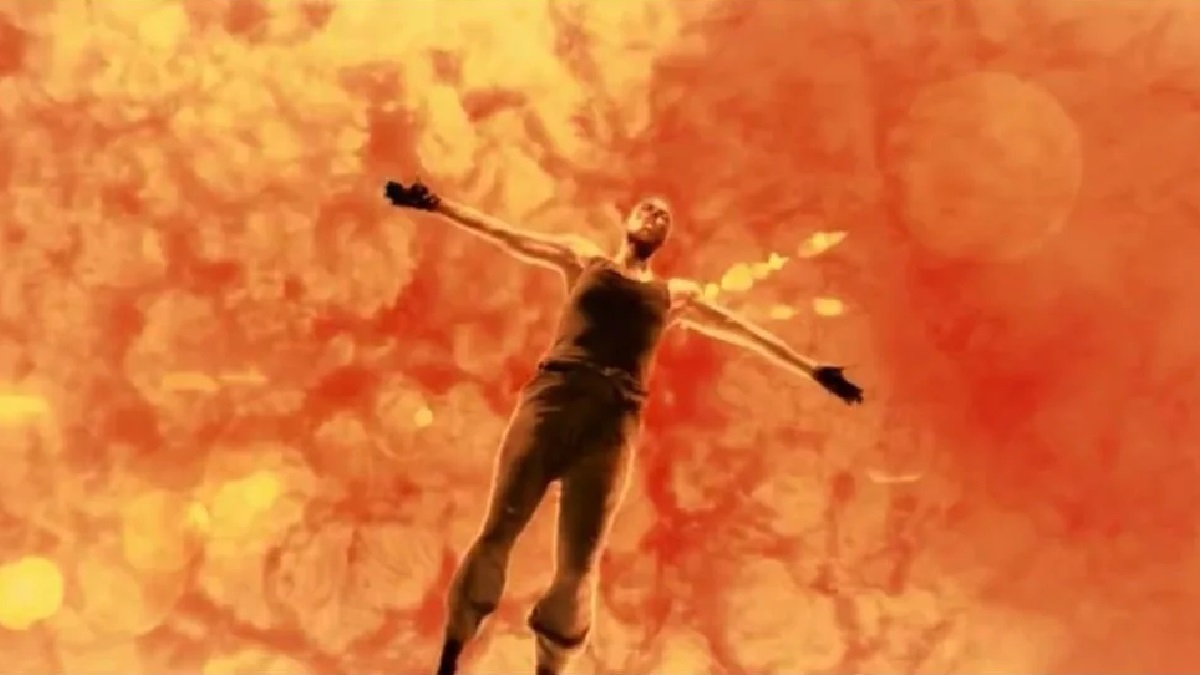
Alien 3 had a troubled production. It went through several iterations, which is why it took 6 years to come out after 1986’s Aliens. And, until the studio mandated that Sigourney Weaver’s Ellen Ripley be the lead character once more, several versions of the script didn’t feature Ripley at all. Unfortunately, Ripley’s return didn’t guarantee that fan favorites Hicks (Michael Biehn) and Newt (Carrie Hen) were given roles, and the two were killed off unceremoniously.
Because Alien 3 was director David Fincher’s first major project, he allegedly found himself often steamrolled by the studio. In fact, the studio had reportedly been turned down by other major directors who disagreed with the studio’s many mandates.
9. The Thing (2011)
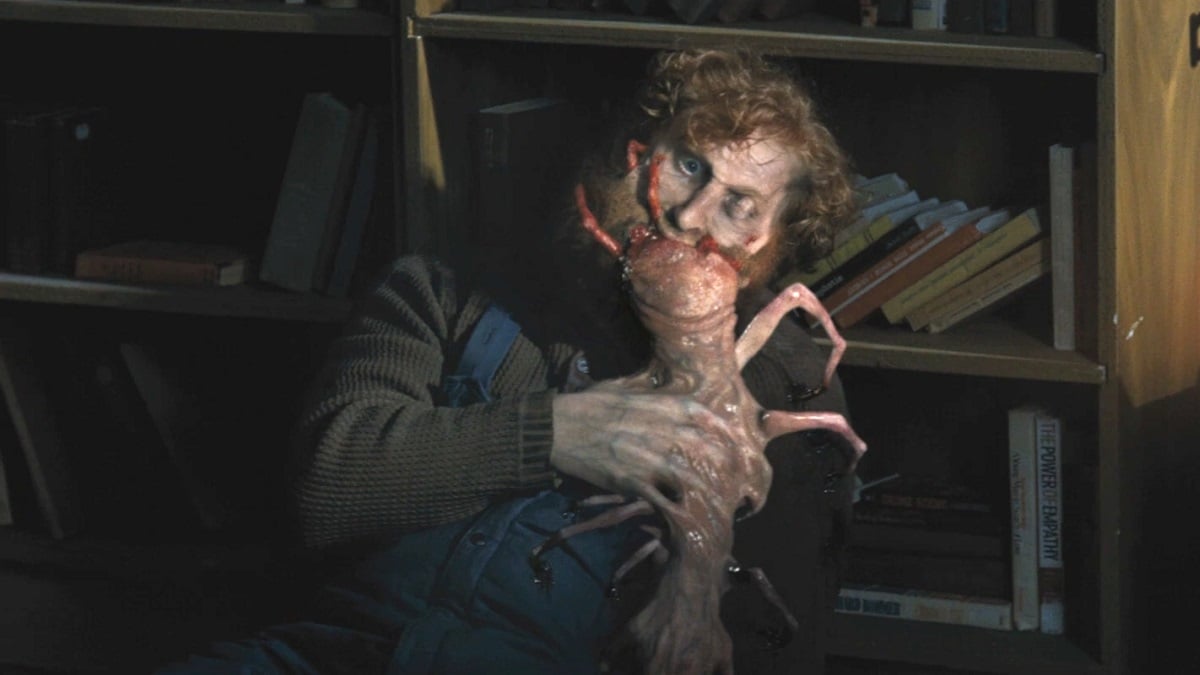
Regardless of the quality of The Thing, the prequel to John Carpenter’s 1982 film of the same name, there’s one aspect of the film that undoubtedly could have been better: the effects. The 1982 iteration of The Thing is famed for its amazing practical effects, but the 2011 prequel opted to go for some pretty shaky CGI.
This was not director Matthijs van Heijningen Jr.’s vision for the project, however. In fact, the film was shot entirely using practical effects that mimicked those of the ‘80s version. The studio got cold feet about practical effects no longer being in vogue, however, and released the film with CGI effects instead. The practical effects version of the movie has never been released and is considered lost media.
10. The Amazing Spider-Man 2 (2014)
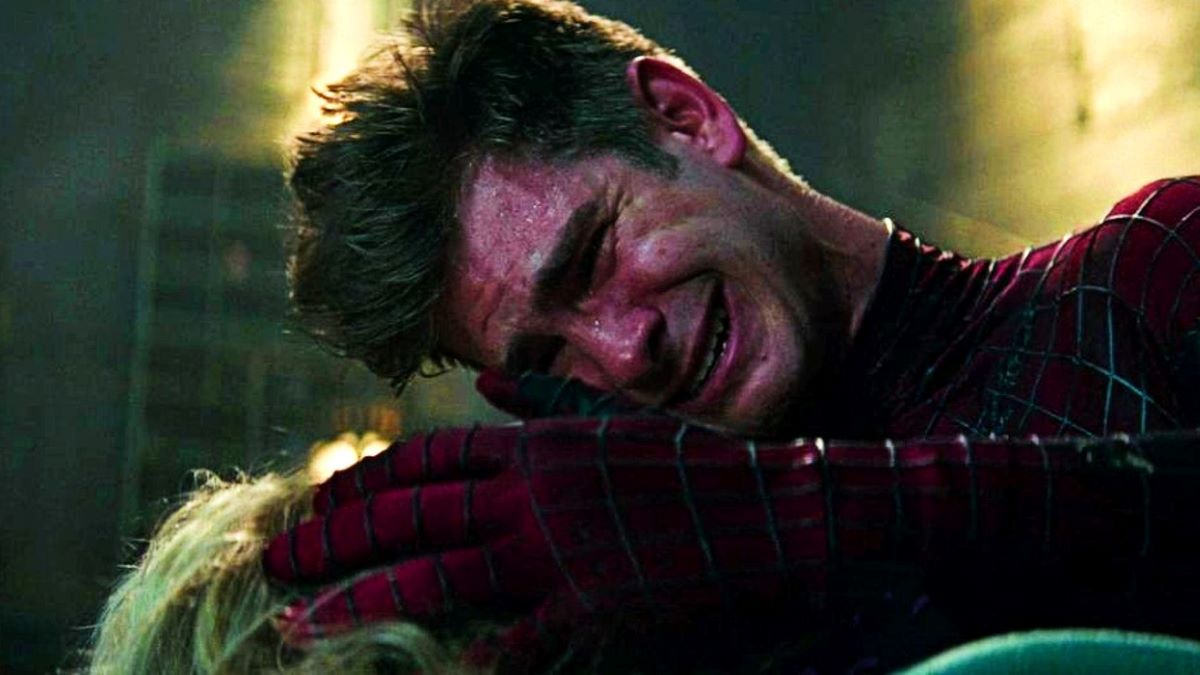
The Amazing Spider-Man 2 was the final film before Sony and Marvel came to an agreement and brought Spider-Man into the MCU. Had The Amazing Spider-Man 2 been received more warmly, however, things might have gone a little differently. The movie opened to mixed-at-best reviews. Critics once again felt that the movie was overstuffed, and some said that the film lacked cohesion.
According to lead actor Andrew Garfield, at least, the fault for the movie’s poor performance lies with the studio. Garfield alluded to the studio making several cuts to the final edit, ultimately harming the narrative. Ironically, the poor reception of The Amazing Spider-Man 2 precipitated a major hack of Sony’s servers, which revealed a score of confusing and nitpicky inter-studio notes regarding the film.

